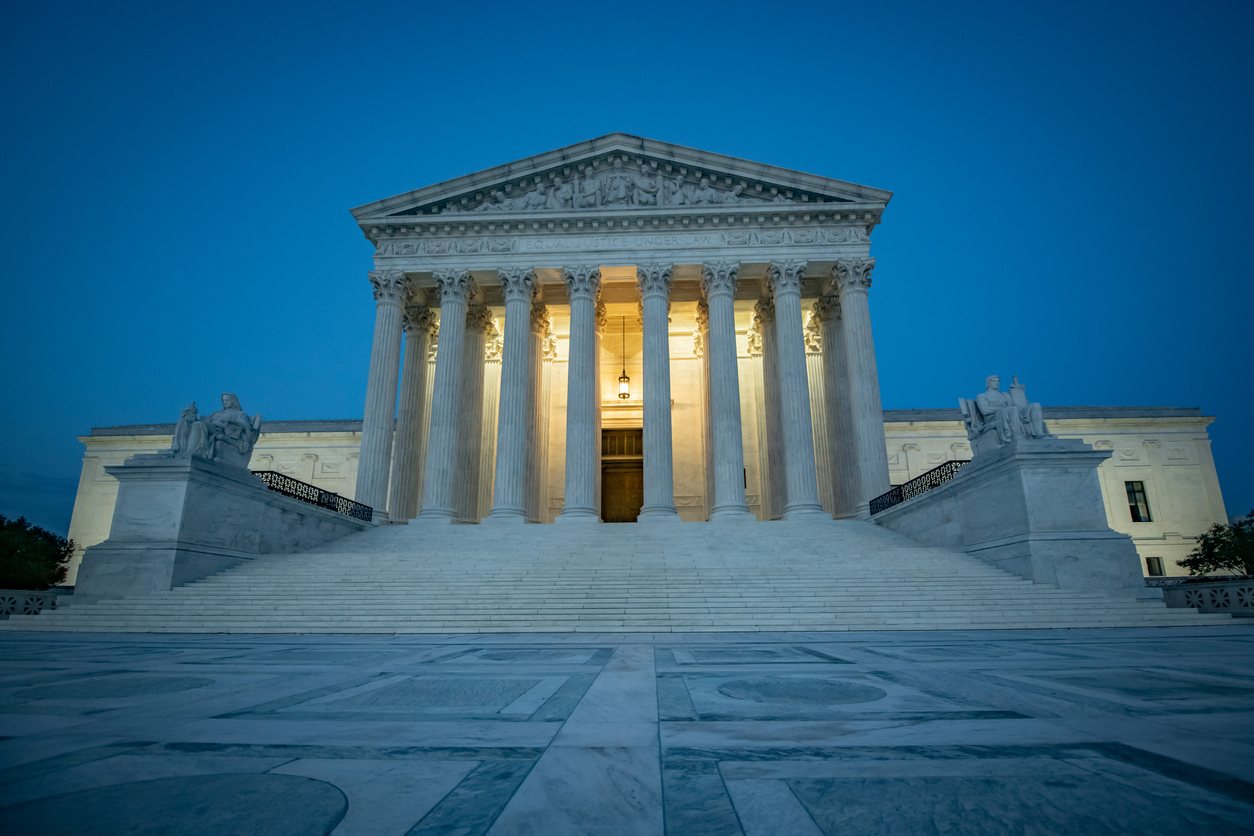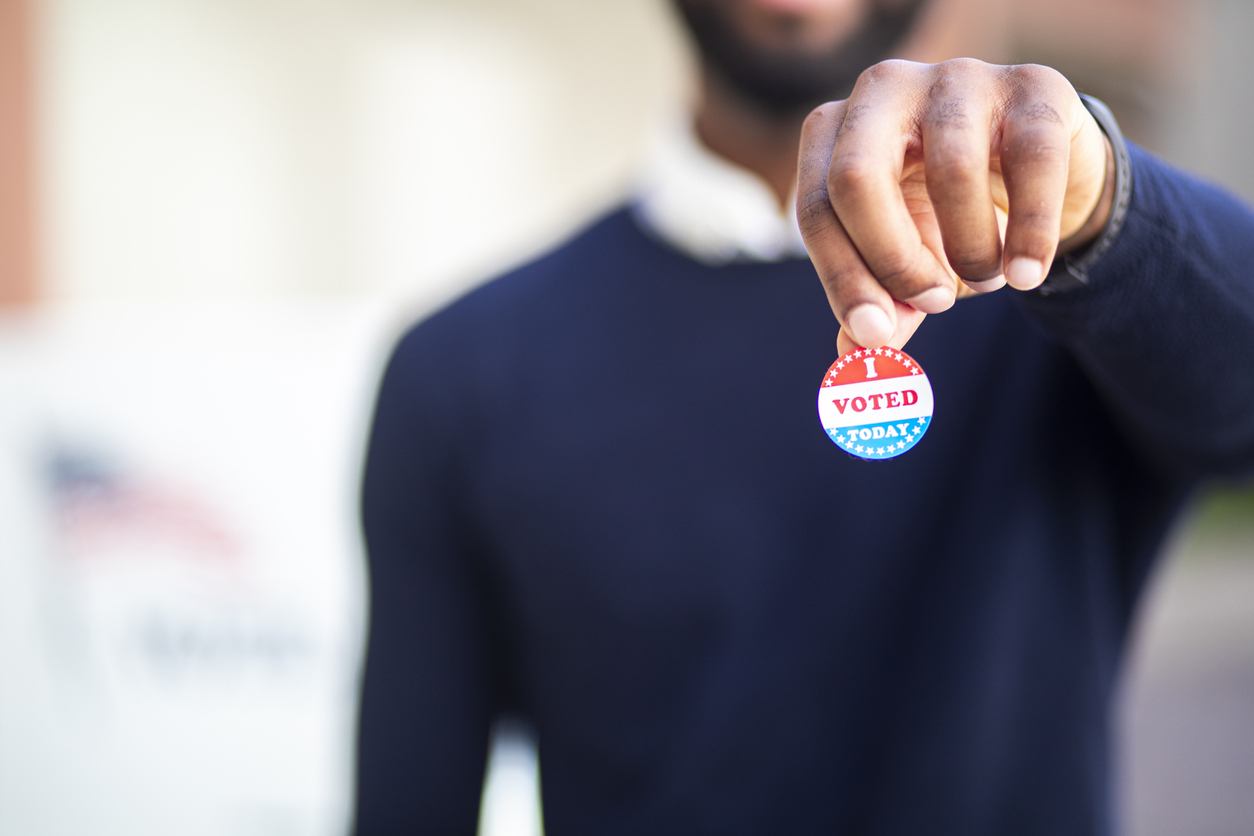
When 2021 ended, many of us were unsure what 2022 would look like from a bankruptcy perspective. How would COVID-19 affect filings? Would state and federal governments continue to support and bail out businesses and consumers? Where was the proposed bankruptcy reform legislation headed in Congress? Was the dischargeability of student loans going to become reality? Was medical debt going to be eliminated? Would Subchapter V business bankruptcies continue to fast-track Chapter 11 proceedings? Would there be bankruptcy rulings from the U.S. Supreme Court that would affect the bankruptcy practice? What would the fallout be from the Supreme Court’s decision in City of Chicago v. Fulton? There is a lot to consider throughout 2022 and in reflecting on 2021.
Reduced Filings
In 2021, the total number of bankruptcy filings was 401,291. This was approximately a 24% drop in total filings and the lowest total since 1984. Consumer filings totaled 341,233. Of the business cases filed, there were 3,724 Chapter 11 cases, which was decline of 48% from the 7,129 Chapter 11 filings in 2020. On the consumer side, 1.31 individuals per 1,000 people filed a bankruptcy through the first eleven months of 2021. The states with the highest per capita filings over the last year were Alabama (3.14), Nevada (2.62), and Tennessee (2.43).[1]
It is important to look at the cause of the reduced filings, as there are several reasons for the decline. One important reason is the moratorium on foreclosure and eviction. Despite numerous states releasing their moratoriums in mid-2021, the number of foreclosures and evictions that have resumed have not seen a correlating effect on bankruptcy filings. In addition, mortgage lenders have been more creative with forbearance agreements. Low interest rates have also helped keep individuals in their homes. The recent increase in interest rates by the Federal Reserve could have an impact on the number of bankruptcy filings. Borrowers who have adjustable rates will see their monthly payments increase. This effect, coupled with rising prices and supply chain issues, may cause consumers to look to bankruptcy to reorganize or seek a fresh start.
The court system has also played a role in the decreased number of bankruptcy filings due to COVID-19. With courts finally getting back up to speed and the historically long time it takes to complete a sale in judicial foreclosure states, there has been no feared tsunami of bankruptcy filings. Many had feared a rapid increase of new filings that could overwhelm their practices and the court system. In addition, outside of foreclosures, the time for creditors to obtain judgments and to proceed to execute on debtor assets has been extended, and the longer it takes for assets to be placed at risk, there is a correspondingly lower urgency to file for bankruptcy.
SBRA and PPP Effects
Another question to consider is if businesses are struggling due to COVID-19, why are we not seeing a substantial increase in commercial bankruptcy filings whether through Chapter 11, Subchapter V reorganizations, or Chapter 7 liquidations? As Paycheck Protection Program funding has continued, as well as other grants or low interest loans that are made available by the federal and state governments, businesses have been able to continue to operate. This is true even with the higher employee costs due to the difficulties in obtaining workers from the labor force. Commercial landlords have been more apt to work with distressed properties or leases, as the difficulty in finding a replacement owner or tenant may have been difficult. We know when some of the Small Business Reorganization Act provisions enacted during COVID-19 expired on March 27, 2022, we saw a slowdown in Subchapter V filings. The SBRA provisions of the CARES Act have now been reenacted for a two-year period, and the ceiling for Subchapter V liabilities will be $7.5 million. This should allow more companies to utilize the faster and less expensive Subchapter V process, which will benefit both debtors and creditors.
Courts Considering Automatic Stay Violations
Despite the decrease in bankruptcy filings, activity in the bankruptcy world has not stalled. The Supreme Court decided a very important consumer bankruptcy case with potential far-reaching ramifications in consumer bankruptcy. In City of Chicago v. Fulton[2], the Court addressed the issue of the violation of the automatic stay and retention of property when a bankruptcy was filed. The Court held that it was not a stay violation for the City of Chicago to retain a vehicle that it was in possession of by way of failure to pay parking tickets. The Supreme Court found that maintaining the status quo was not a stay violation. The Court, however, did remand for further proceedings and stated that a Motion to Turnover might be the proper course of action to obtain possession of the vehicle.
The Ninth Circuit Court of Appeals also addressed this issue in Stuart v. City of Scottsdale,[3] as it pertained to garnished funds that were being held. The Circuit Court found that the estate did not have an interest in the property and the failure to release the garnishment was not a violation of the automatic stay. Under 11 USC § 362(a)(3) and § 363(a)(2), the City did not take steps to collect on a pre-petition judgment. The Court also found that by the city promptly notifying the trial court, where the garnishment was filed, of the bankruptcy filing, it had maintained the status quo.
Recently, the bankruptcy court for the Northern District of Illinois in Cordova v. City of Chicago[4] ruled on a Motion to Dismiss in a class action complaint that alleged the retention of vehicles by the City violated the automatic stay, specifically subsections 11 USC § 362(a)(3), (4), (6), and (7), as well as 11 USC § 542(a) concerning turnover of estate property. The Bankruptcy Court found that the Supreme Court’s decision in Fulton was not controlling. The Bankruptcy Court found potential claims for the violation of the automatic stay existed under § 362(a)(4) and (a)(6). The Court dismissed the count under § 362(a)(7) concerning the setoff of debt owed to the debtor against claims against the debtor without prejudice, which would allow the Debtor Plaintiffs to refile that claim after amendment. The Court allowed the § 542(a) claim addressing turnover of property of the estate. The Court dismissed the punitive damage claim with prejudice. As a result of this ruling, we anticipate seeing additional filings for the turnover of property in this case and potentially in other jurisdictions around the country.
Courts Considering Dismissals
Another issue that continues to be litigated is whether a debtor has the absolute right to dismiss a Chapter 13 proceeding under 11 USC § 1307(b). This section provides that a debtor has the absolute right to dismiss their Chapter 13 proceeding so long as the case was not previously converted. Several Circuit Courts and lower courts have addressed this issue and have issued contrary holdings: some courts have found that an absolute right exists, while others have held that the absolute right does not exist when there are issues of bad faith in the debtor’s filing. The most recent case is In Re Mingrove from South Carolina.[5] The Court ruled that the debtor had an unconditional right to dismiss the case, but the court had the ability to issue sanctions based on the debtor’s bad faith filing. With Circuit Court splits on the issue, it is possible that we will see a writ of certiorari filed with the Supreme Court of United States.
Courts Considering Itemizations in Proof of Claims
Plaintiff and Debtor attorneys continue to raise the issues of the itemization of interest fees and costs in proof of claims. Although this issue has not been widespread throughout the country, we have seen an increase in activity in Florida, Georgia, and Virginia. And while we have no Circuit Court opinions, several Bankruptcy Courts have set forth their views as to how these amounts should be set out and whether damages exist. In Thomas v. Midland Funding LLC,[6] the Bankruptcy Judge for Western District of Virginia issued a lengthy opinion setting forth her views on whether the breakdown of interest, fees, and costs satisfies the itemization requirement set forth in Federal Rule of Bankruptcy Procedure 3001(c)(2)(a), which requires “[i]f, in addition to its principal amount, a claim includes interest, fees, expenses, or other charges incurred before the petition was filed, an itemized statement of the interest, fees, expenses, or charges shall be filed with the proof of claim.”
The Thomas court went on to state that the Creditor, for failing to properly itemize, did not comply fully with FRBP 3001(c), and it opened itself up to potential sanctions under FRBP 3001(c)(2)(D). The court has the ability to “award other appropriate relief, including reasonable expenses and attorney’s fees caused by the failure.” We will see where the Western District of Virginia proceeds on this issue, but it has laid out a current road map for creditors to follow.
Conclusion and Future Expectations
2021 was an interesting year from a bankruptcy standpoint. We saw reduced filings, Supreme Court and Circuit Court decisions, and continued proof of claim and automatic stay litigation.
There are currently several bankruptcy bills pending before Congress. One of the bills that has the most bipartisan support deals with student loan dischargeability: Senator Durbin of Illinois and Senator Cornyn of Texas introduced the Fresh Start Through Bankruptcy Act. The key provisions of the bill would allow federally backed student loans to be discharged if the borrower has been paying for ten years. As student loan liability continues to be a hot topic for both Congress and the White House, we may see some movement on this issue as the mid-term elections approach.
Bankruptcy is off to an interesting start in 2022. As the year progresses, we expect to see more activity, but whether that activity will equate to an increase in bankruptcy filings remains to be seen.














